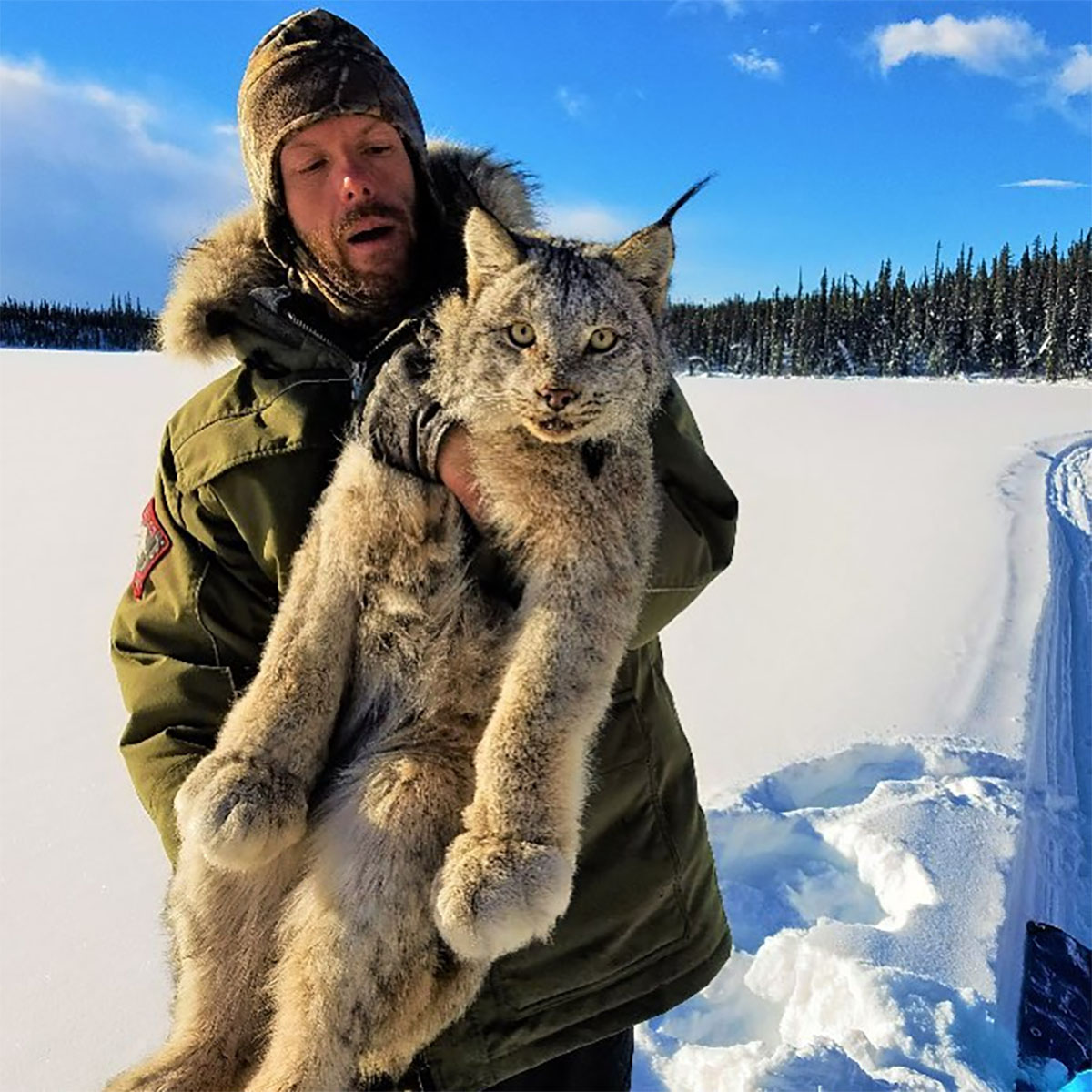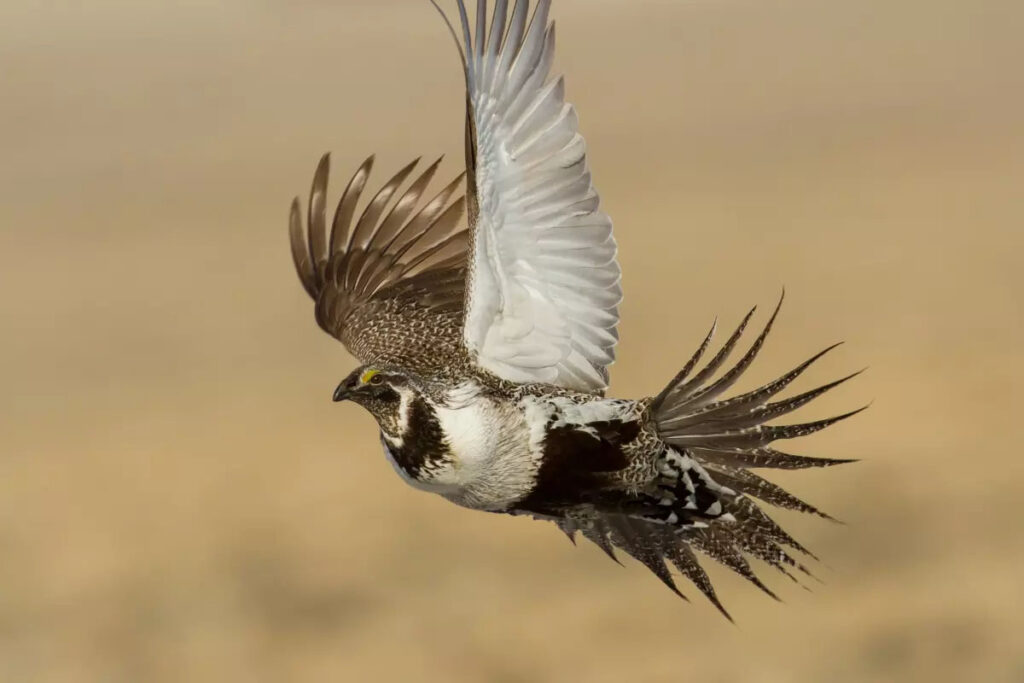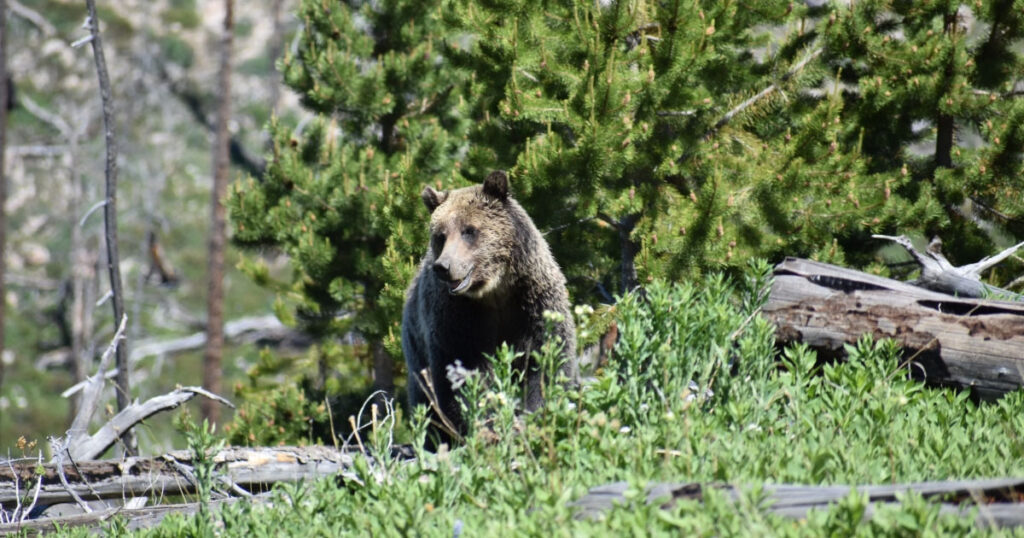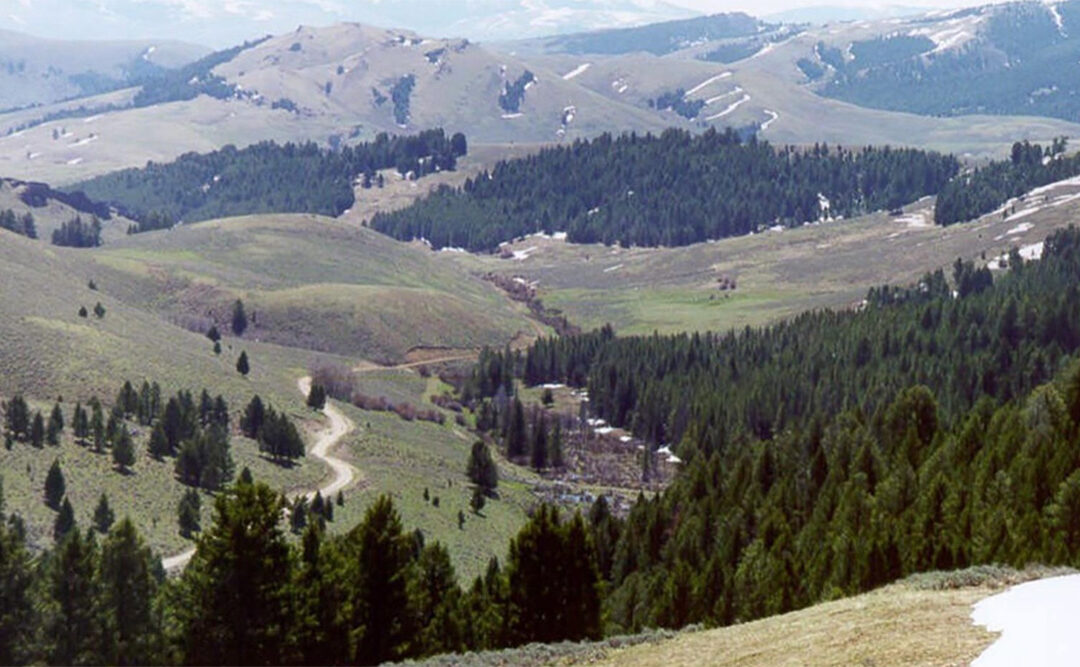Photo by USFS
The Alliance for the Wild Rockies filed a federal lawsuit to protect habitat for three rare wildlife species — grizzly bears, lynx, and sage grouse — on the Continental Divide, just north of Lemhi Pass, where Lewis and Clark first crossed the Continental Divide from present day Montana into present day Idaho.
No environmental group protects so much habitat for wildlife with so little money.
Please consider donating to the Alliance for the Wild Rockies on Giving Tuesday.
This area provides a critical wildlife corridor connecting the greater Yellowstone ecosystem to the Northern Continental Divide and Bitterroot ecosystems in Montana and Idaho.
The challenged Beaverhead-Deerlodge National Forest action, called the “Selway-Saginaw” project, allows destructive logging, road-building, and burning activities across thousands of acres of public lands in this 66,884 acre or 104.5 square miles project area in a critical wildlife corridor.

Photo by USFWS
We are deeply disappointed that the government would authorize this destructive project on our public lands considering the number of court rulings that have found similar projects illegal because such projects violate a number of federal laws designed to protect threatened wildlife.
.
The project area is enormous. It is located about 16 miles west of Bannack, MT, Montana’s first territorial capital, and calls for bulldozing 69.3 miles of new and rebuilt logging roads to enable logging and burning 9138 acres or 14.28 square miles of prime wildlife habitat.
The Beaverhead-Deerlodge National Forest recently pulled their decision for the Greenhorn project in the Gravelly Mountains when we filed a similar complaint. But the Forest Service is forcing us to sue them again to make them follow the law.

Photo USFWS
The Beaverhead-Deerlodge National Forest is also violating their Forest Plan’s requirements prohibiting burning sagebrush within 18 kilometers of sage grouse leks. Yet the Forest Service concedes that ‘Burning would temporarily reduce sagebrush cover in some areas . . . .’ And the Forest Service’s own maps show almost the entire project area is within 18 kilometers of dozens of sage grouse leks. The Project area contains 1,590 acres of priority habitat and 1,235 acres of general habitat for sage grouse.

Photo by USFWS
Grizzly bears have been documented in the Big Hole Landscape, and are suspected to occur in the project area. Currently, about 41% of the project area provides secure habitat for grizzlies. The Selway-Saginaw Project will further reduce grizzly bear secure habitat by 834 acres. There is no scientific research that finds that maintaining secure habitat at less than 42% is sufficient to maintain grizzly bears. The effect of this project would be long-term, approximately 15 to 20 years keeping grizzly bears with cubs from successfully denning in the area.
At the same time the Montana Department of Fish, Wildlife, and Parks is trucking grizzly bears from the Northern Continental Divide ecosystem to the Yellowstone ecosystem for genetic connectivity. Why not just follow the law, protect the grizzly corridor, and let grizzlies walk there on their own? This is an important corridor where grizzlies from Yellowstone could travel to breed with grizzlies from other isolated grizzly populations, and do it without trucks and for free.
Almost everyone wants grizzlies to recover and eventually be removed from the protection of the Endangered Species Act but before this can happen we once again need one connected population of grizzlies in the Northern Rockies. Yet the Forest Service is pushing ahead with this logging and burning project which the Forest Service own estimates say will cost taxpayers $555,000. Yet, at the same time, the U.S. Fish and Wildlife Service is spending millions trying to recover grizzly bears. This makes no sense and this project as a whole makes no sense and is illegal which is why we are suing to stop it.
Mike Garrity is the Executive Director of the Alliance for the Wild Rockies.
